An introduction to Bordeaux
Your Ultimate Guide to Bordeaux
When it comes to fine wine, Bordeaux is arguably the most prolific and prestigious region in the world and home to some of the most sought-after cru classés in the world, as well as vast range of lesser-known appellations.
Known predominately for its red wines (which make up for nearly 90% of production volume), full of incredible complexity and ageing potential it has a huge diversity in characteristic and style of wine due to the varied soils, climate and overall terroir of the region. Bordeaux also produces dry white wines made predominately from Sémillon and Sauvignon Blanc and the celebrated sweet wines from Sauternes.
The Bordeaux wine-producing area lies within the Aquitaine region of south-west France, within the Gironde estuary. The vast region houses more than 110,000 hectares of vineyards and is home to around 9,000 wine producers across 57 different appellation contrôlées.
Production volumes vary year on year, but on average the region makes between 450-500 million litres of wine annually.
The vineyards mainly lie along the Dordogne and Garonne rivers which both flow into the Gironde. These waters are extremely important the region and have a significant influence on both the climate and soils of each appellation. The vineyards lying to the west of the Garonne and Gironde are collectively known as the wines of the Left Bank and those to the east, the Right Bank.
The Left Bank
The Left Bank, comprised of the appellations of the Médoc, Pessac-Léognan and Graves are planted predominately with Cabernet Sauvignon. This thick-skinned grape thrives on the gravelly soils and is blended with Merlot, Cabernet Franc and also Petit Verdot or Malbec. The legendary communes of the Médoc are Margaux, Pauillac, St Estèphe and St Julien.
Further south along the banks of the Garrone you’ll find Sauternes, home to the likes of Châteaux d’Yquem and Rieussac, which produce some of the most exceptional sweet wines in the world. Here, Semillon is the main grape, along with Sauvignon Blanc and Muscadelle.
The classification of 1855 covers the Médoc region and Sauternes. Grand Cru Classé wines occupy this top tier of the system, followed by an array of fine châteaux known as “Cru Bourgeois” and “Cru Artisans” which make charming and enjoyable claret at affordable prices.
The Right Bank
Sat on the Right Bank are the illustrious appellations of Pomerol and St-Emilion. Here, the Merlot grape is dominant and thrives on the mixture of gravel, limestone and clay soils.
The former has no classification system, whilst the latter is split into top-level Premier Grand Cru Classé wines, which are further split into A and B categories. Below that comes Grand Cru Classé wines and finally Grand Cru.





